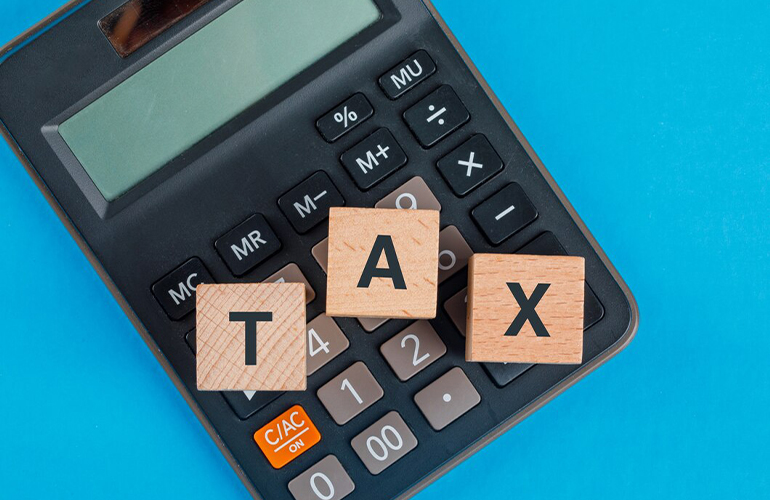Navigating the complex landscape of income tax calculations can be a daunting task for many individuals. Fortunately, the availability of online tools, such as the Income Tax Calculator in Pakistan, makes the process significantly more manageable.
In this comprehensive guide, we will walk you through a step-by-step process to effectively use the income tax calculation tool, ensuring you can accurately calculate your tax liability while maximizing potential savings.
Step 1: Accessing the Income Tax Calculator
To begin, visit the official website or trusted platform providing the Income Tax Calculator for Pakistan. Ensure that you are using the most up-to-date and reliable tool for accurate calculations.
Step 2: Selecting the Assessment Year
The Income Tax Calculator often requires you to choose the assessment year for which you are calculating your taxes. The assessment year is typically the year following the financial year for which you are filing taxes.
Step 3: Inputting Personal Information
Provide the necessary personal information, including your name, CNIC (Computerized National Identity Card) number, and tax filer status. This step is crucial for the accurate computation of your tax liability.
Step 4: Entering Income Details
The next step involves entering details about your income. This includes your salary, business income, rental income, and any other sources of income you may have. Be meticulous in providing accurate figures to ensure precise calculations.
Step 5: Deductions and Exemptions
The Income Tax Calculator allows you to factor in various deductions and exemptions that can significantly impact your tax liability. Include details about eligible deductions, such as charitable contributions, medical expenses, and education expenses.
Step 6: Calculating Taxable Income
Once you have input all relevant income details and deductions, the calculator will automatically compute your taxable income. This figure serves as the basis for determining your final tax liability.
Step 7: Applying Tax Slabs
Pakistan’s income tax system operates on a slab basis, where different income ranges are taxed at different rates. The Income Tax Calculator will apply the appropriate tax rates based on your taxable income, giving you a clear understanding of your tax liability.
Step 8: Verifying Results
Carefully review the calculated results to ensure accuracy. Double-check that all information has been entered correctly, and verify that the applied tax rates align with Pakistan’s current tax slabs.
Step 9: Exploring Optimization Strategies
Many Income Tax Calculators offer optimization features to help you identify potential tax-saving opportunities. Explore these options to maximize your savings and minimize your tax liability.
Step 10: Saving and Printing
Once satisfied with the results, save a copy of your calculated tax details for your records. Some calculators also provide the option to generate a printable tax statement that you can submit when filing your returns.
Conclusion:
Using the Income Tax Calculator in Pakistan can empower individuals to take control of their tax planning and compliance. By following this step-by-step guide, you can navigate the calculator with confidence, ensuring accurate calculations and potentially unlocking opportunities for tax savings. Remember, staying informed about changes in tax laws and regularly updating your financial information will contribute to a more seamless and effective tax calculation process.
